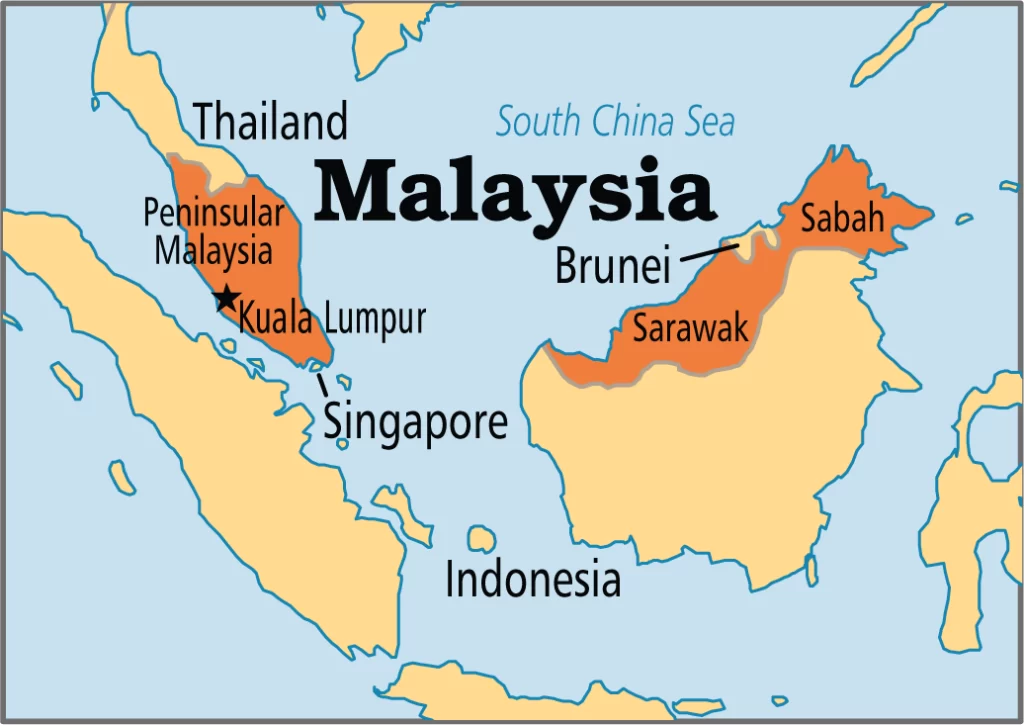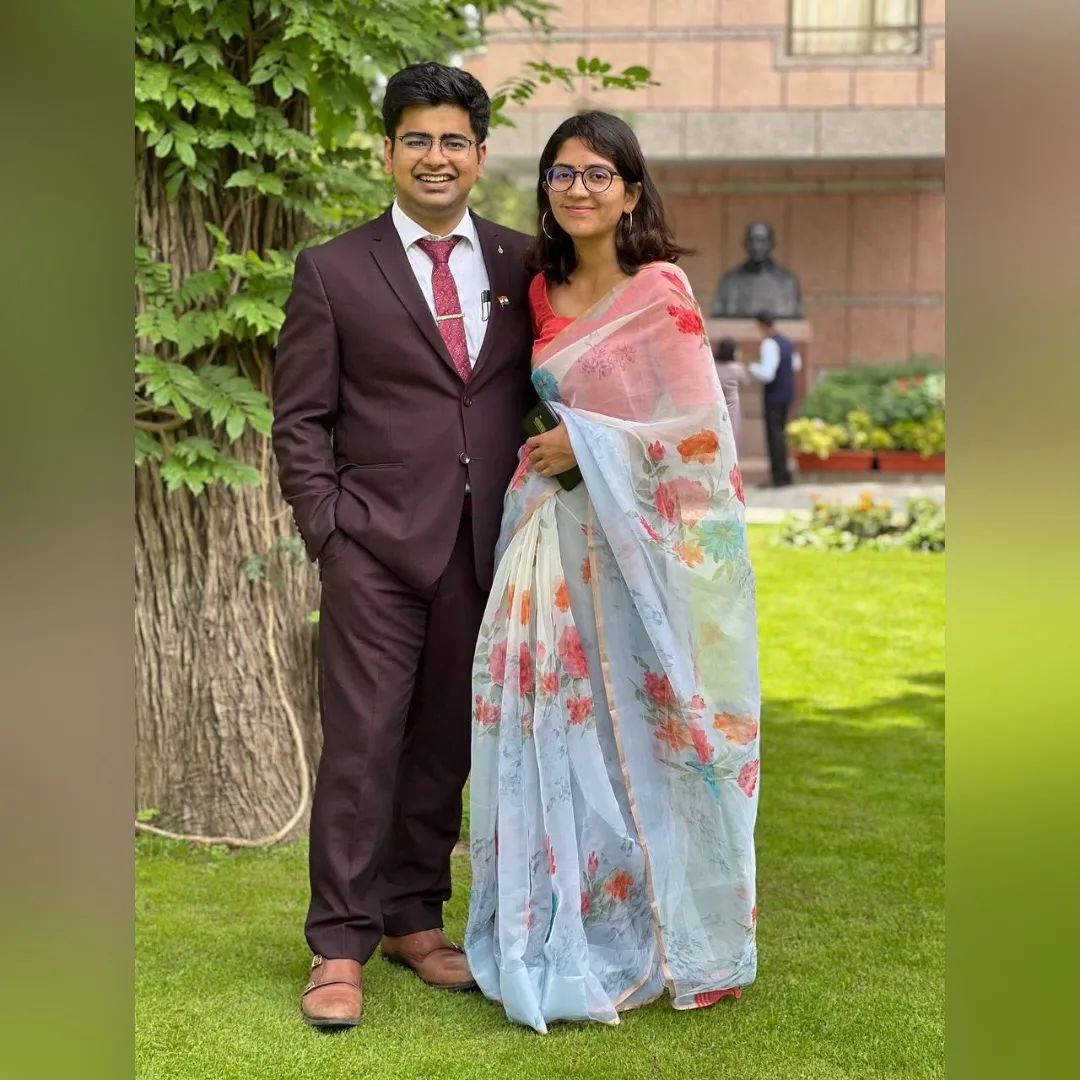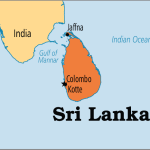
• In 1957, India made formal ties with the Federation of Malaya, which was the state before Malaysia. The High Commission of India in Kuala Lumpur represents India in Malaysia. Malaysia’s High Commission is in New Delhi, and their Consulates General are in Mumbai and Chennai.
• In the 1960s, India and Malaysia had good ties because their prime ministers, Nehru and Tunku Abdul Rahman Putra, were good friends.
• India and Malaysia have close political, economic, social, and cultural ties right now. People in Malaysia, which has the third biggest PIO community in the world, have a lot of good feelings towards India.
• The link between India and Malaysia is getting stronger in all areas, including politics, economics, trade, defence, security, tourism, education, health, human resources, public administration, and so on.
• During the visit of former PM Dr. Manmohan Singh in 2010, an agreement was made to set up a Strategic Partnership. During the visit of PM Narendra Modi in 2015, the Strategic Partnership was improved to become an Enhanced Strategic Partnership.
• Between India and Malaysia, the following institutions have been set up: a Joint Commission Meeting and Foreign Office Consultations.
Defence Cooperation Meeting between India and Malaysia India-Malaysia CEOs’ Forum
• From time to time, the two countries have made agreements and memorandums of understanding in different areas.
• One of India’s Look East Policy and Act East Policy’s most important countries is Malaysia. Both countries are full members of the Commonwealth of Nations, the Asian Union, and the G15. They also have close political, economic, and social and cultural ties.
• On July 1, 2011, a mutual Comprehensive Economic Cooperation Agreement (CECA) that covers goods, services, and investments went into effect. India and ASEAN also signed a Free Trade Agreement (FTA) that covers goods, services, and investments.
• There are also many cultural and historical links between India and Malaysia that go back to ancient times. Since there are a lot of Indian refugees living in Malaysia, the two countries get along very well. Mahathir Mohamad is the fourth Prime Minister of Malaysia and has been in office the longest. He is of Indian descent.
• During the visit of then-Prime Minister Najib Razak in 2017, India and Malaysia decided to work together more in areas like building smart cities and improving infrastructure.
• Many in the Indian government and society think that ties are getting worse because the 7th Malaysian Prime Minister Mahathir likes Pakistan.
Table of Contents
Areas of Cooperation
Agreements and MoUs
Agreements and memorandums of understanding have been signed between the two countries in a number of areas, such as commerce, avoidance of double taxation, customs, higher education, extradition, mutual legal assistance in criminal matters, tourism, traditional medicine, IT and services, cultural exchange programme, public administration and governance, and air service agreement, to name a few.
Defence and Security Cooperation: In 1993, a Memorandum of Understanding (MOU) on defence cooperation was signed. In recent years, India’s military ties with Malaysia have grown stronger.
• Visits: In June 2006 and April 2017, the Malaysian Defence Minister went to India. In January 2008 and November 2015, the Indian Minister of Defence went to Malaysia.
• The 11th Malaysia-India Defence Cooperation Meeting (MIDCOM) was held in Kuala Lumpur on November 21, 2018. It was led by the Secretaries of the two Defence Ministries.
• The 6th Army to Army Staff Talks took place in Kuala Lumpur, Malaysia, in May 2017. On February 14–16, 2018, the 8th Air Force to Air Force Staff Talks took place in Kuala Lumpur.
• The 7th Navy to Navy Staff Talks between the two countries took place in July 2018.
• To improve air reconnaissance, Indian Air Force pilots taught their Malaysian peers how to fly Su–30 MKM aircraft from 2008 to 2010. The first part of the training took place in India, and the last part took place in Malaysia.
• Both countries have a strong bond that helps them help each other in times of need.
India then sent out C130J and P8I Search and Rescue (SAR) planes to help look for the missing Malaysian plane. Every year, the two countries hold joint training drills called “Harimau Shakti,” which could be improved.
Security Cooperation: Under the “United Nations Convention on the Law of the Sea (UNCLOS)” for Free Navigation and Safety Cooperation over the South China Sea and the Indian Ocean, India and Malaysia work together to keep the freedom of navigation and overflight.
• India and Malaysia also work closely together on regional security issues. In 2010, they set up a Joint Working Group (JWG) to deal with terrorism risks.
• On July 1, 2010, India and Malaysia signed the Comprehensive Economic Cooperation Agreement (CECA), which went into effect on July 1, 2011.
It includes investments, goods, and services.
The goal of CECA was to make both countries’ economies stronger.
• In September 2014, India and the 10 countries in the Association of Southeast Asian Nations (ASEAN) signed a Free Trade Agreement (FTA) for services and investments.
• In 2010, the India-Malaysia CEOs Forum was set up.
It’s made up of 18 CEOs from each country.
The goal of this first-ever CEOs Forum was to make it easier for India and Malaysia to work together in business.
The India-Malaysia CEOs Forum met for the last time in 2017.
• In the 2019 fiscal year, India’s third biggest trade partner in the Association of Southeast Asian Nations (ASEAN) was Malaysia.
• There is a big advantage for Malaysia in the trade between India and Malaysia.
In 2018-19, trade between the two countries was worth US$ 17.24 billion, with India exporting US$6.43 billion and importing US$10.81 billion. India is now Malaysia’s 13th largest business partner, while Malaysia counts India as one of its top ten.
• According to the DPIIT, Malaysia is the 24th biggest investor in India. It has brought in US$ 932,19 million in FDI, which is 0.2% of the total US$ 421 billion in FDI that India has received from April 2000 to March 2019.
Major Malaysia Indian imports
• The main things India buys from Malaysia are palm oil, mineral fuel, mineral oil, electrical machinery, equipment, etc.; vegetable fats or animal fats and oils and their products; boilers, nuclear reactor machinery and mechanical equipment; copper and its products; wood; charcoal, organic chemicals, aluminium, iron and steel, and other miscellaneous chemical products.
Malaysia buys a lot of things from India.
• India’s main exports to Malaysia are goods like mineral fuels and mineral oils. India also sends other goods like aluminium, meat and edible parts of meat, iron and steel, copper, mechanical equipment, electrical machinery and equipment, organic chemicals, and machinery for nuclear reactors.
Connectivity and Tourism: • India is the sixth biggest country from which tourists visit Malaysia. In 2015, about 7 lakh Indian tourists came to Malaysia, down from 9 lakh the year before.
• Malaysia is the ninth most popular country from which tourists visit India. About 1.6 million Malaysians went to India in 2015, down from 2 million the year before. During our PM’s trip to Malaysia in 2010, an MoU on tourism was signed.
Education: In 2010, when former Malaysian Prime Minister Najib went to India, he made an agreement about higher education.
• There are 2,000 students from India in Malaysia, and 4,000 students from Malaysia in India. The area of medicine is where most Malaysian students study.
• The Indian Council of Cultural Relations (ICCR) has given Malaysian students two spots in its General Scholarship Scheme (GSS) for 2019–20.
• Technical and Economic Cooperation (ITEC) Programme of India:
It is a scheme of help between two countries that began in 1964.
The goal of the ITEC project is to help India’s integrated policy towards the rest of the world.
It involves training for people who have been chosen from ITEC partner countries.
It also makes it easier for people to go on study trips, give or receive equipment, help with disaster relief, etc.
India has offered Malaysia 30 places in its ITEC programme for 2019-20.
• India’s AYUSH Scholarship Scheme: The Ministry of Ayush has given Malaysia 20 places for students who want to get a Bachelor’s degree in Ayurveda, Siddha, Unani, or Homoeopathy medicine at an Indian university or college.
• Indian Scholarship and Trust Fund (ISTF): ISTF was started in 1964 by former Indian Prime Minister Jawaharlal Nehru.
ISTF’s goal is to help Malaysian-Indian kids every year.
In 2015, Prime Minister Narendra Modi gave an extra RM 3 million to this fund.
55 Malaysian-Indian students studying in Malaysia will get grants from this fund for the 2019-20 school year.
Cultural Links:
• The Indian Cultural Centre in Kuala Lumpur was set up by the ICCR in February 2010. Trained teachers from India and Malaysia give classes in Carnatic vocal, Kathak dance, Yoga, Hindi language, and Tabla.
• In October 2010, India and Malaysia signed an agreement to work together in the area of traditional medicine.
Traditional medicine: In October 2010, India and Malaysia signed an agreement to work together in the area of traditional medicine.
• The Malaysian government has been trying to get people to use AYUSH (Ayurveda, Yoga, Naturopathy, Unani, Siddha, and Homoeopathy) methods.
• People in Malaysia use AYUSH methods.
Indian People:
• Over 2,44,000 skilled and semi-skilled Indian expats are legally working in Malaysia.
• A mutual MoU on Employment and Welfare of Workers that was signed in January 2009 sets up a way for institutions to deal with problems that affect Indian workers.
• Both the Indian and Malaysian governments are worried about people being brought into Malaysia illegally from India.
Recent Developments
• In 2017, after Najib Razak, who was Prime Minister at the time, went to India. India and Malaysia decided to keep their understanding to work together in areas like building smart cities and improving infrastructure.
• In 2020, Mahathir Mohamad, the prime minister of Malaysia, spoke out against taking Kashmir’s special status away and passing the Citizenship Amendment Act. Then, India stopped importing palm oil from Malaysia, which caused a drop of 50% (1.1 million tonnes) from January to February 2020. After a new government was put in place in Kuala Lumpur, the wall was taken down.
• In the year 2022, India and Malaysia will have had “political or diplomatic relations” with each other for 65 years.
How Malaysia is important to India
Malaysia is an important part of India’s foreign policy because 7.2% of its people are from India. Malaysia is also a key part of India’s Act East policy and is important to India’s maritime connectivity strategies.
Way Ahead
• Both sides should work together to get bilateral systems back up and running in different areas.
• India and Malaysia talked about all of their relationships with each other and said they hoped for a faster recovery after COVID. This was because both countries were determined to work together more in a wide range of areas. This should keep going on for a long time.
• Things that both countries care about, like China’s power, should be used to improve the relationship.
• India should improve its relationships and cooperation with ASEAN countries like Malaysia and other East Asian powers through its Act East Policy (AEP).
• Small countries like Malaysia don’t have a big impact on the world as a whole. However, because they are in a certain area, they have negotiating chips that they can use with countries like India and China to get what they want. To stop China from getting more involved in the Indian Ocean, India should keep good ties with Malaysia by using a balanced mix of diplomacy and economics.
• Most Malaysians agree that the country is very important to India’s “Act East” policy, but India rarely pays political or economic attention to Kuala Lumpur. India needs to change this method. They need to move faster on the infrastructure projects they are already working on in Malaysia as part of their Act East Policy and work on a policy that combines India’s economic, political, and strategic needs with those of Malaysia.
















